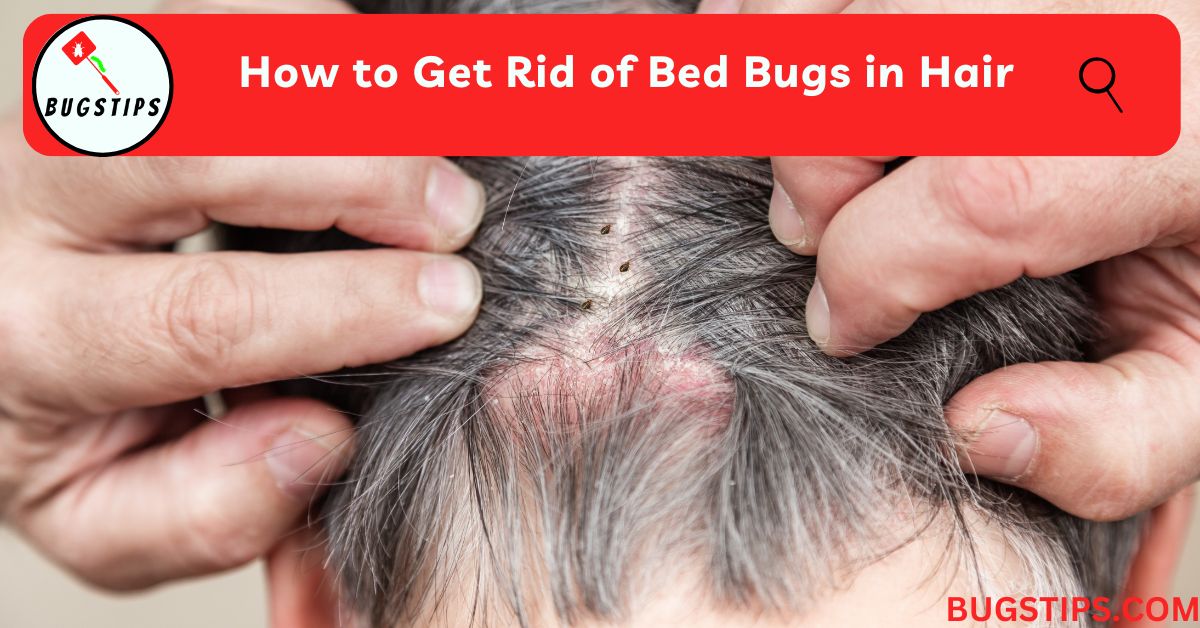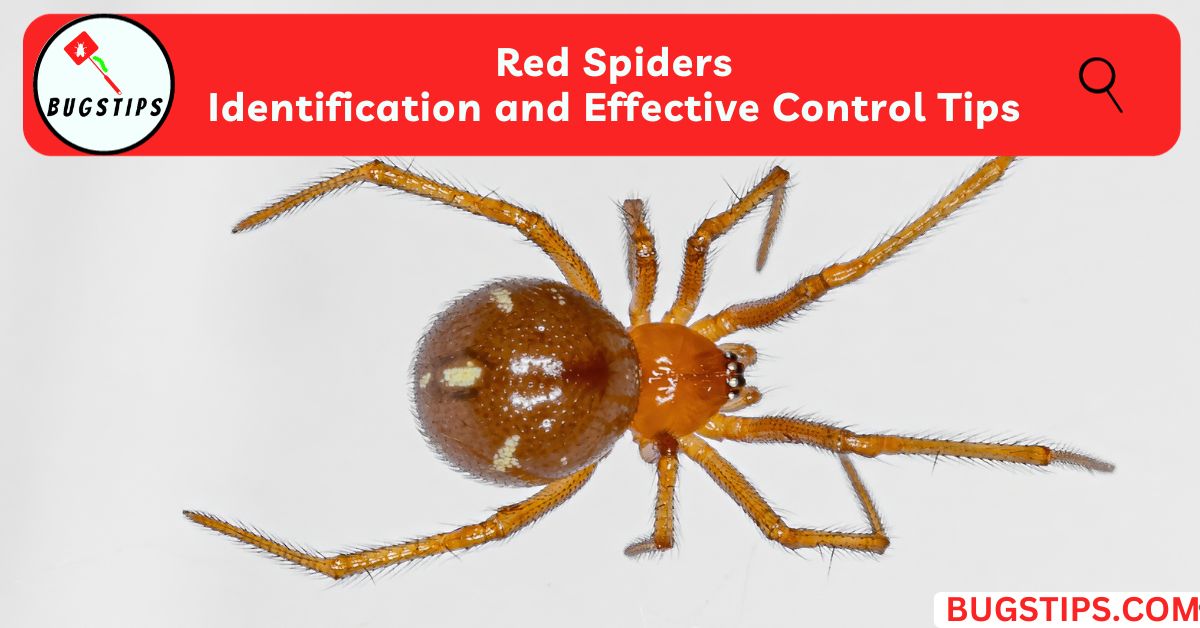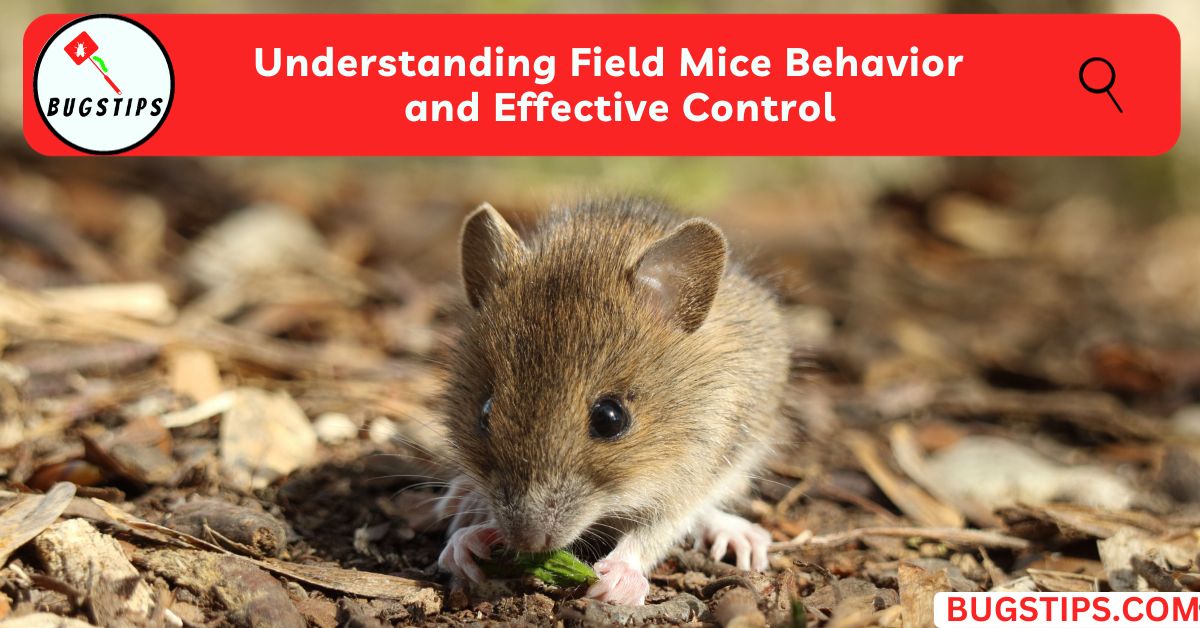This post may contain affiliate links which means as an Amazon Associate, this site may earn a small commission on qualified purchases made through links at no extra cost to you. Learn more on Affiliate Disclosure
We’ve all been there – you’re enjoying a lovely summer day when suddenly, a pesky bug appears and ruins the fun.
Whether it’s a fly buzzing around your head or a spider lurking in the corner, sometimes the only solution seems to be squashing them.
But have you ever stopped to wonder what happens when you kill a bug? Do they bleed as we do?
In this article, we’ll take a closer look at the curious case of insect blood and find out what bugs bleed when you kill them.
The Basics of Insect Blood
Did you know that insects have blood? Well, sort of! Insects don’t have the same type of blood that mammals do. Instead, they have a fluid called hemolymph that circulates through their bodies, similar to how blood works in our veins.
Hemolymph serves a variety of functions in insects, including transporting nutrients and oxygen, removing waste products, and regulating body temperature.
It also plays a crucial role in the insect’s immune system, helping to fight off infections and heal injuries.
But unlike our blood, which is contained within our veins and arteries, hemolymph flows freely throughout the insect’s body cavity.
This means that when an insect is injured or killed, hemolymph can leak out of its body and create the appearance of bleeding.
So, the next time you see a bug with a little bit of liquid oozing out of it, remember that it’s not really blood in the traditional sense, but rather hemolymph, the insect’s equivalent.
You May Also Like – Do Worms Feel Pain?
What Does Bug’s Blood Look Like?
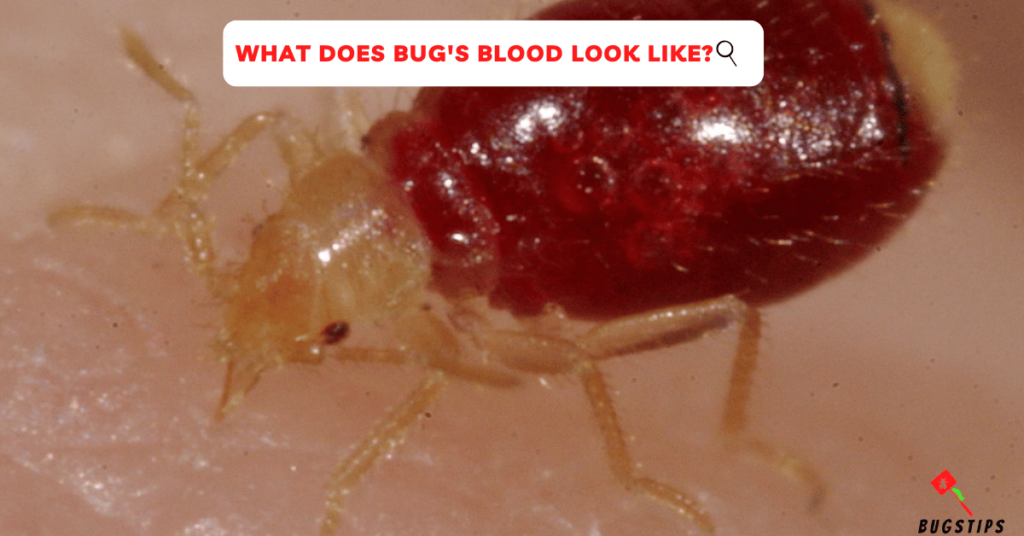
Unlike our red blood, which is caused by the presence of iron in our hemoglobin, insect hemolymph can come in a variety of colors.
For example, the hemolymph of some insects, like grasshoppers and locusts, is green due to the presence of the pigment chlorocruorin.
Other insects, like beetles and some caterpillars, have yellow or orange hemolymph, while still others have clear or nearly transparent hemolymph.
The color of an insect’s hemolymph can also change depending on a variety of factors, including age, diet, and environmental conditions.
So, if you’ve ever seen a bug that seems to bleed a different color than you expected, it’s likely due to the unique composition of its hemolymph.
Related Article – 12 Bugs That Look Like Bed Bugs You Should Know
What Happens When You Kill a Bug?
As we mentioned earlier, insects don’t have the same type of circulatory system as mammals.
Instead of having a closed system of veins and arteries, insects have an open circulatory system where hemolymph flows freely throughout their bodies.
When an insect is injured or killed, the force of the impact can rupture the insect’s exoskeleton and damage internal organs.
This damage can cause hemolymph to leak out of the insect’s body and create the appearance of bleeding.
In some cases, the release of hemolymph can serve as a defense mechanism for the insect. For example, some caterpillars are able to spray hemolymph from special glands to deter predators.
Related Article – Do Cockroaches Play Dead?
Do All Bugs Bleed When You Kill Them?
You might be wondering if all bugs release hemolymph, their equivalent of blood when they are killed or injured. The answer is no – not all bugs bleed when you kill them.
While many species of insects, such as true bugs and some beetles, have a circulatory system that uses hemolymph, other insects have a different type of circulatory system that does not involve fluid-filled vessels.
For example, insects in the order Diptera, which includes flies and mosquitoes, have a circulatory system that uses a different type of fluid called hemolymphatic fluid. So, while some insects do bleed when they are killed, others do not.
Types of Bugs That Bleed When Killed
There are several types of insects that are known to release hemolymph when they are killed or injured, giving the appearance of bleeding.
Here are a few examples.
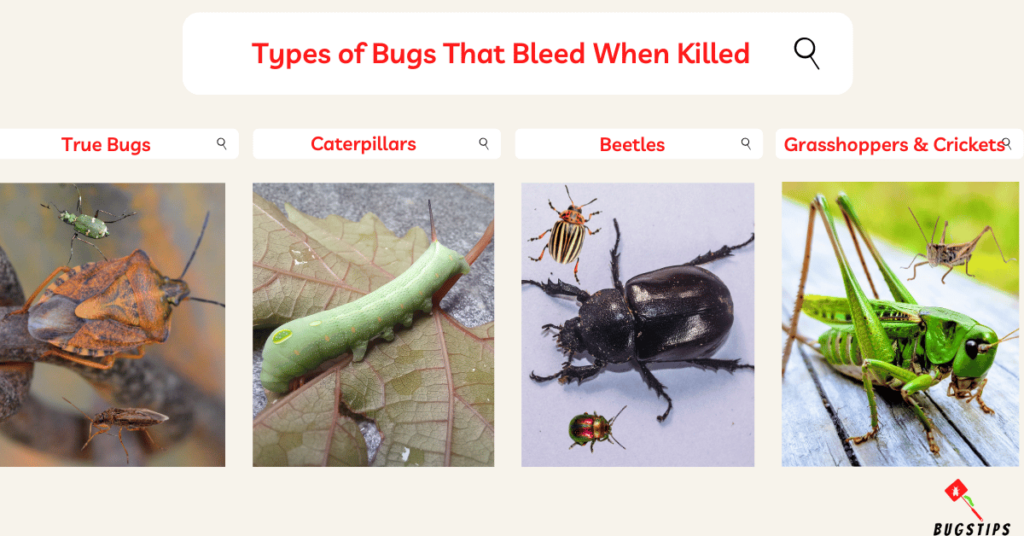
True Bugs (Hemiptera)
- This group of insects includes stink bugs, bed bugs, and assassin bugs.
- True bugs have a circulatory system that uses hemolymph, which can be released when squished or crushed.
Caterpillars
- While not technically insects, caterpillars are the larval stage of moths and butterflies.
- When disturbed or injured, some species of caterpillars can release a greenish-yellow fluid that is similar in appearance to blood.
Related Article – What Do Hornworms Turn Into?
Beetles
- Some species of beetles, such as ladybugs, can release a yellowish fluid when they are disturbed or injured.
- This fluid is not actually blood, but rather a defensive secretion that can contain toxins or other chemicals.
Grasshoppers and Crickets
- When these insects are killed, they can release a greenish-yellow fluid that is similar in appearance to blood.
- This fluid is actually hemolymph, which can contain defensive chemicals to deter predators.
Why Do Some Bugs Bleed More Than Others?
While many bugs may release hemolymph when they are killed some may bleed more than others.
This can depend on a variety of factors, including the size of the bug, its physiology, and its behavior.
For example, larger insects may have more hemolymph in their bodies and may therefore release more when they are killed or injured.
Insects with softer bodies, such as caterpillars, may also release more hemolymph when crushed.
Additionally, some insects have adapted to release more hemolymph as a defense mechanism.
For example, when a ladybug is threatened, it may release a larger amount of yellowish fluid than it would if it were simply injured. This can help to deter predators and give the ladybug a better chance of survival.
Another factor that can influence how much a bug bleeds is its behavior. some insects may be more likely to release hemolymph when they are injured if they are in a vulnerable position or feel threatened.
Others may have a stronger instinct to hide or flee, rather than release hemolymph if they are in danger.
Related Article – 16 Green Bugs That Bite
Do Bugs Smell When You Squiz Them?
Some species of insects can release a pungent smell when they feel threatened or are squished.
For instance, stink bugs are notorious for the unpleasant odor they emit when disturbed.
Stink bugs are not the only insects that can release a foul odor. Some species of beetles and caterpillars can also release a smelly liquid when they are attacked.
While it may be tempting to squash an insect that’s bothering you, it’s always a good idea to handle them with care and avoid squishing them if possible.
Not only can squishing some insects release an unpleasant smell, but it can also make a mess and potentially spread bacteria.
So, if you can, try to find a way to safely remove the insect from your space without harming it. For example, you could use a cup and a piece of paper to gently trap the bug and release it outside.
Related Article – Squish a Cockroach or Step on One?
When Killing a Bug Does the Bug’s Blood Attract More Bugs?
When you kill a bug, it’s natural to wonder whether the bug’s blood will attract more bugs. However, this is not necessarily the case.
While some insects may be attracted to the smell of dead insects, it’s often due to the decomposition process of the dead insect, which can release odors and attract scavengers like ants.
The release of hemolymph or other fluids when an insect is killed or squished is also not likely to attract other insects.
Hemolymph is not a food source for other insects, and the smell of the fluid is not likely to attract other bugs either. It’s simply a result of the bug’s circulatory system and the pressure of being crushed.
That being said, it’s always a good idea to clean up any insect remains or fluids to prevent the attraction of unwanted pests or insects.
This can also help prevent the spread of bacteria or diseases that may be present in the remains.
Related Article – Do Dead Cockroaches Attract More?
What Bugs Bleed Red When You Squish Them?
When squished, several types of bugs may bleed red, there are several species to look out for.
Bed bugs, fleas, mosquitoes, midges, ticks, lice, and certain kinds of flies leave behind a red fluid when crushed.
Bed bugs, in particular, are more likely to leave behind blood-like stains when squished if they have recently fed on blood.
This is because they take in a lot of blood during a feeding, which can cause their bodies to become engorged with the red pigment hemoglobin.
When they are crushed, this hemoglobin can mix with their hemolymph and create a reddish-brown fluid that resembles blood.
Stink bugs are another type of insect that can leave behind a colorful stain when crushed. Instead of red, they may leave behind bronze or orange stains on skin, clothes, or walls if they are squished.
You May Also Like – 8 Bugs That Look Like Flying Termites
Is Bleeding from Bugs Dangerous?
Bleeding from bugs is not typically dangerous in and of itself, but there are some potential risks associated with it.
One of the main concerns is the transmission of diseases. Certain bugs, such as ticks and mosquitoes, can carry and transmit diseases such as Lyme disease, West Nile virus, and Zika virus.
If you are bitten by one of these insects and notice bleeding, it is important to monitor the area for any signs of infection or illness and seek medical attention if necessary.
Another potential risk of bleeding from bugs is allergic reactions. Some people may be allergic to insect venom or saliva, and a bite or sting can cause a severe reaction known as anaphylaxis.
This can be life-threatening and requires immediate medical attention.
If you experience symptoms such as difficulty breathing, swelling, or a rapid heartbeat after being bitten or stung by a bug, seek medical attention right away.
Related Article – 8 Bugs That Look Like Lint and Bite
How to Safely Kill Bugs Without Causing Them to Bleed
If you need to kill bugs but want to avoid causing them to bleed, there are several methods you can use.
Here are a few tips for safely killing bugs without causing them to bleed.
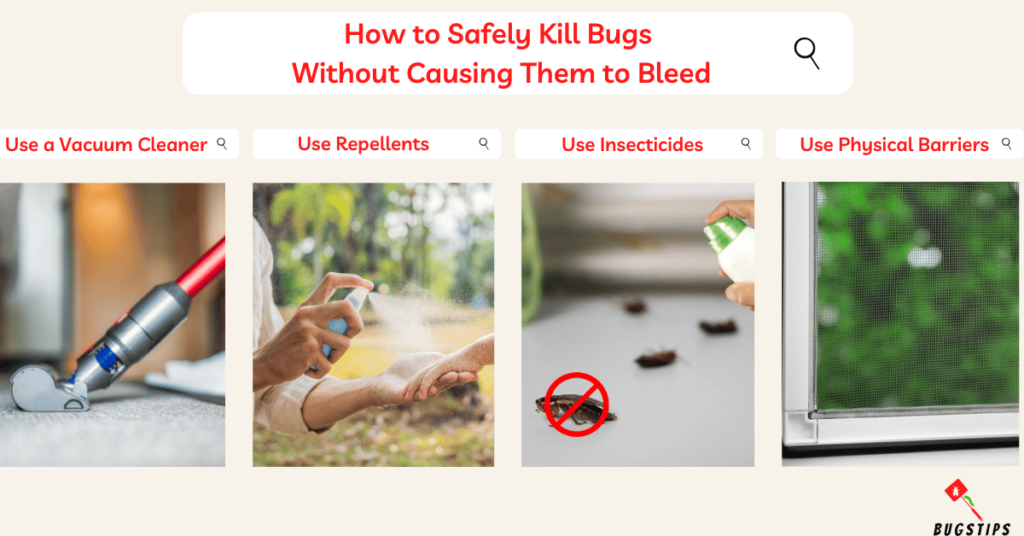
Use a Vacuum Cleaner
- If you have an infestation of bugs, using a vacuum cleaner to suck them up can be an effective method of control.
Use Insect Repellents
- Using insect repellents or traps can be an effective way to control bugs without having to kill them.
- These methods can also help deter bugs from entering your home.
Use Insecticides
- There are several insecticides on the market that are designed to be more humane and less harmful to insects.
- Look for insecticides that are labeled as “low toxicity” or “pet-friendly” to avoid causing unnecessary harm to bugs.
Use Physical Barriers
- If you want to prevent bugs from entering your home in the first place, using physical barriers like screens or mesh can be an effective method of control.
You May Also Like – Bugs in Mailbox: 10 EASY Ways to Keep Them Out
Final Thoughts
So, what bugs bleed when you kill them? As we’ve learned, not all bugs bleed, and it’s important to know which ones do before using lethal methods of control.
But before reaching for the bug spray or swatter, consider using non-lethal methods like vacuuming, traps, or humane insecticides.
These methods can help you control pests without causing unnecessary harm to insects.
Of course, we understand that sometimes pests like bed bugs and stink bugs can be pesky and unwanted guests in our homes.
In those cases, it’s important to choose the most effective and safe method of control.
FAQs
What is bug blood called?
Bug blood is called hemolymph. It is the equivalent of blood in insects and other invertebrates.
Do all bugs bleed red?
No, not all bugs bleed red. Insects have hemolymph instead of blood, which is a clear, yellowish liquid that does not contain oxygen-carrying cells like red blood cells.
What color is bed bug blood?
Bed bug blood is a rusty brown color, which is a mixture of their own digested blood and that of their previous hosts.
Do Bed Bugs Smell When You Kill Them?
Yes, bed bugs release an unpleasant odor when they are killed. This smell is caused by the chemicals released by the bugs’ scent glands.
Do Bed Bugs Have Hard Shells?
No, bed bugs do not have hard shells. Their bodies are flat and oval-shaped, and their exoskeleton is soft and pliable.
Do roaches bleed red blood?
Roaches do not have red blood like humans. They have a colorless liquid called hemolymph that is not oxygen-carrying like our blood. So, you won’t see red blood if you squash a roach.
Is hemolymph dangerous to humans?
Hemolymph is not dangerous to humans. It is not toxic and does not carry human pathogens. However, some people may have an allergic reaction to it if they come into direct contact with it.
Resources – (for further reading)
Wikipedia – Hemolymph
Scientific American – How is bug blood different from our own?
ScienceDirect – Hemolymph – an overview

